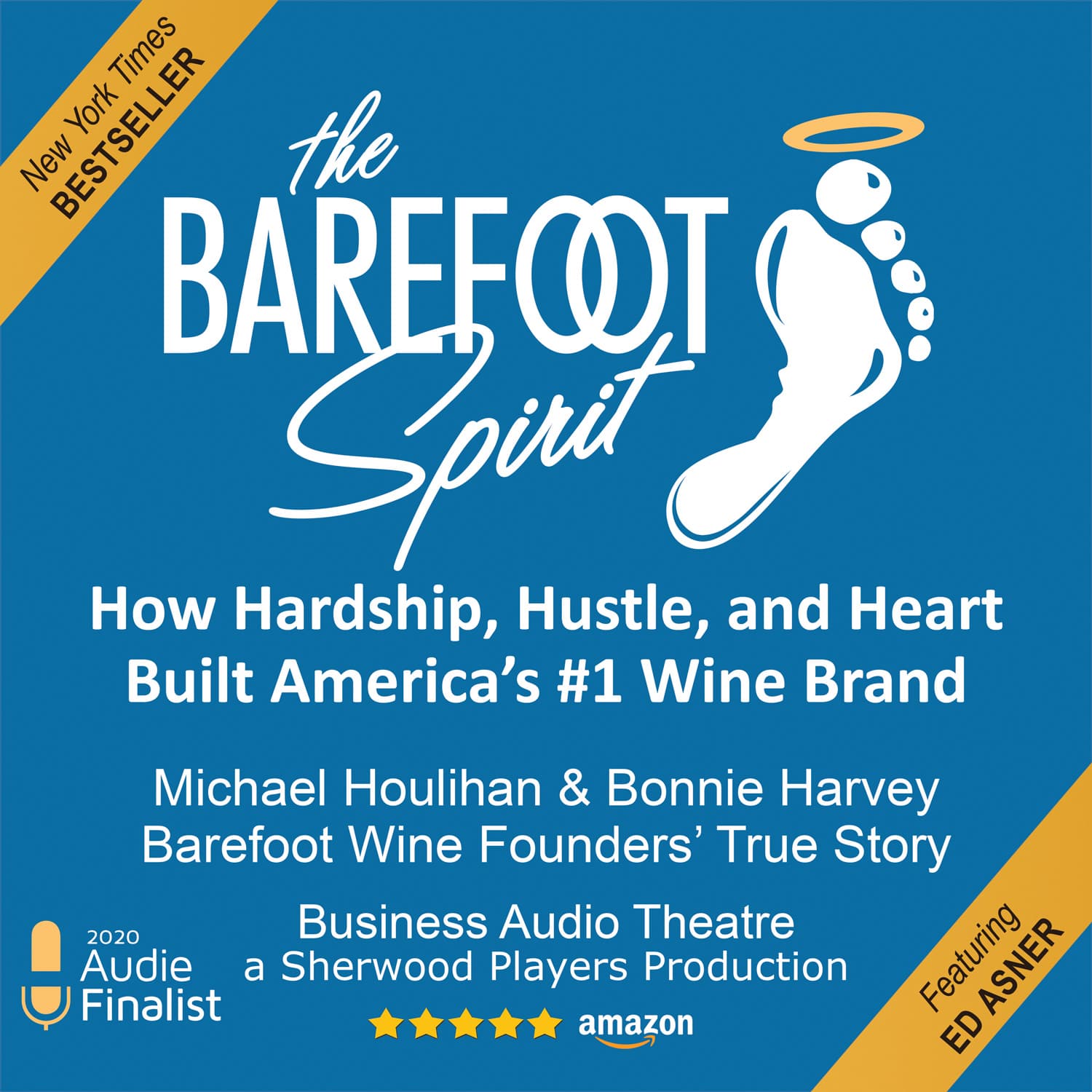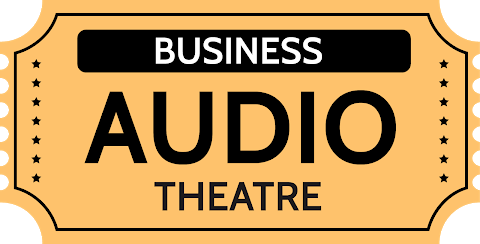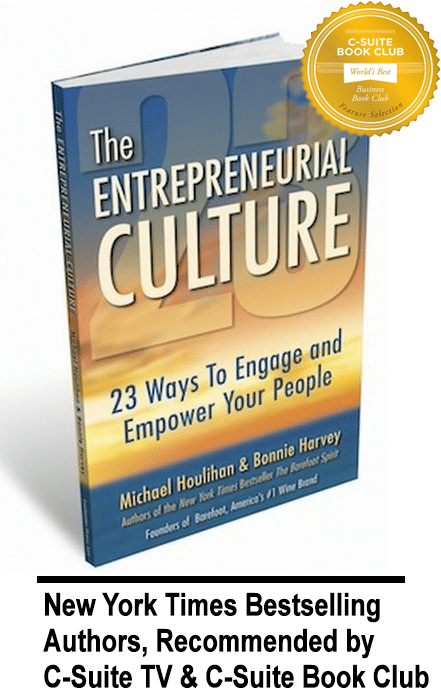 Drawing Investors’ Attention
Drawing Investors’ Attention
Possibly the biggest challenge that entrepreneurs face is not raising capital. It’s getting the people with the capital to sit still for a presentation! Most of them see hundreds of presentations, have very short attention spans, and may turn down a perfectly good business proposition simply because they can’t stay interested long enough to get through the deck.
We have been working diligently with start-up, build-up, and build-out level businesses to help them better present themselves in a way that gets the attention of potential investors. They typically come to us with multipage descriptions, tons of charts, and a 30+ slide deck.
This approach to “overkill” and “heading objections off in the pass” may work later, once you get their attention and they have asked for more. But initially, it’s a turn off. The key is to give them just enough to pique their interest and compel them to do just that, ask for more!
Keep Your Initial Presentation Short
From our experience, we don’t believe the initial deck should be more than five slides. And we advise our clients to keep the initial blurb at 50 words. Why? Because the reader is more likely to give your initial proposal more time and attention when the end is in sight. This is why the latest trend in audio and video is to state the duration in direct association with the title as if to say, “Don’t worry, this won’t go on forever – you can see the end – it’s doable!”
When someone is reviewing hundreds of applications, a message like this is like a breath of fresh air. The reader is naturally drawn to brevity. The reader thinks, “Now here’s a proposal I can focus on without getting sucked into a lot of details (when I may not even be interested in this type of investment anyway!). Unlike the others, this one doesn’t ask a lot from me up front.”
So, here then is our format for what we think is an effective initial presentation. Remember, the whole purpose of the deck is to hold their attention through the end of the presentation, qualify them as an interested party, and get them to ask for more.
We advise our clients to keep it general. Identify the industry and the point of attack, but leave the specifics that may require an onerous and interest-killing NDA until they’ve committed to wanting to know more (i.e., shown a real interest).
The 50 Word Blurb: 3-4 sentences
In very few sentences, identify the market potential, the unique problem and pain that your product or service will alleviate, how you solve it in general terms, and the benefits your solution provides.
The Deck: 5-Slides
Keep your text uniform. Use 18 font size minimum. Use not more than 3 or 4 bullets per slide. Keep your graphics simple and easy to read with lots of white space. Your ideal slide has a title with 3 points to the left of a graphic. We like white font on a “Twitter” blue background. It’s calming, non-threatening, professional, and easy to read.
Slide One: Identify the problem (and/or the pain caused by no solution)
Slide Two: Identify the industry and its size (Show the potential opportunity for a solution)
Slide Three: Identify what the solution does more than how it works (don’t disclose any IP)
Slide Four: Identify the alternatives and the current competitive options to solve the problem
Slide Five: Call to action (what you ask and what you offer – they can get more info with an NDA)
This approach will quickly identify the few, truly interested parties, compel them to know more about the details of your solution, marketing plans, and business model. The simplicity and generalization of this approach will make it easier for your network to distribute to their contacts. Thus, your initial proposal can reach a wider audience that may be more likely to contain that interested investor you’re looking for!
You’re still far from a home run, but if you use these techniques, you’re more likely to get to first base!
Who We Are

Michael Houlihan and Bonnie Harvey co-authored the New York Times bestselling business book, The Barefoot Spirit: How Hardship, Hustle, and Heart Built America’s #1 Wine Brand. The book has been selected as recommended reading in the CEO Library for CEO Forum, the C-Suite Book Club, and numerous university classes on business and entrepreneurship. It chronicles their humble beginnings from the laundry room of a rented Sonoma County farmhouse to the board room of E&J Gallo, who ultimately acquired their brand and engaged them as brand consultants. Barefoot is now the world’s largest wine brand.
Beginning with virtually no money and no wine industry experience, they employed innovative ideas to overcome obstacles, create new markets and forge strategic alliances. They pioneered Worthy Cause Marketing and performance-based compensation. They built an internationally bestselling brand and received their industry’s “Hot Brand” award for several consecutive years.
They offer their Guiding Principles for Success (GPS) to help entrepreneurs become successful. Their book, The Entrepreneurial Culture: 23 Ways To Engage and Empower Your People, helps corporations maximize the value of their human resources.
Currently they travel the world leading workshops, trainings, & keynoting at business schools, corporations, conferences. They are regular media guests and contributors to international publications and professional journals. They are C-Suite Network Advisors & Contributing Editors. Visit their popular brand building site at www.consumerbrandbuilders.com.
To make inquiries for keynote speaking, trainings or consulting, please contact sales@thebarefootspirit.com.


 Drawing Investors’ Attention
Drawing Investors’ Attention





